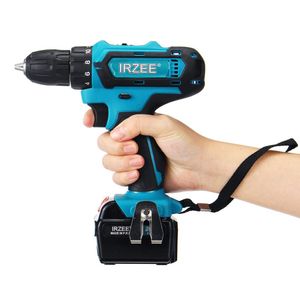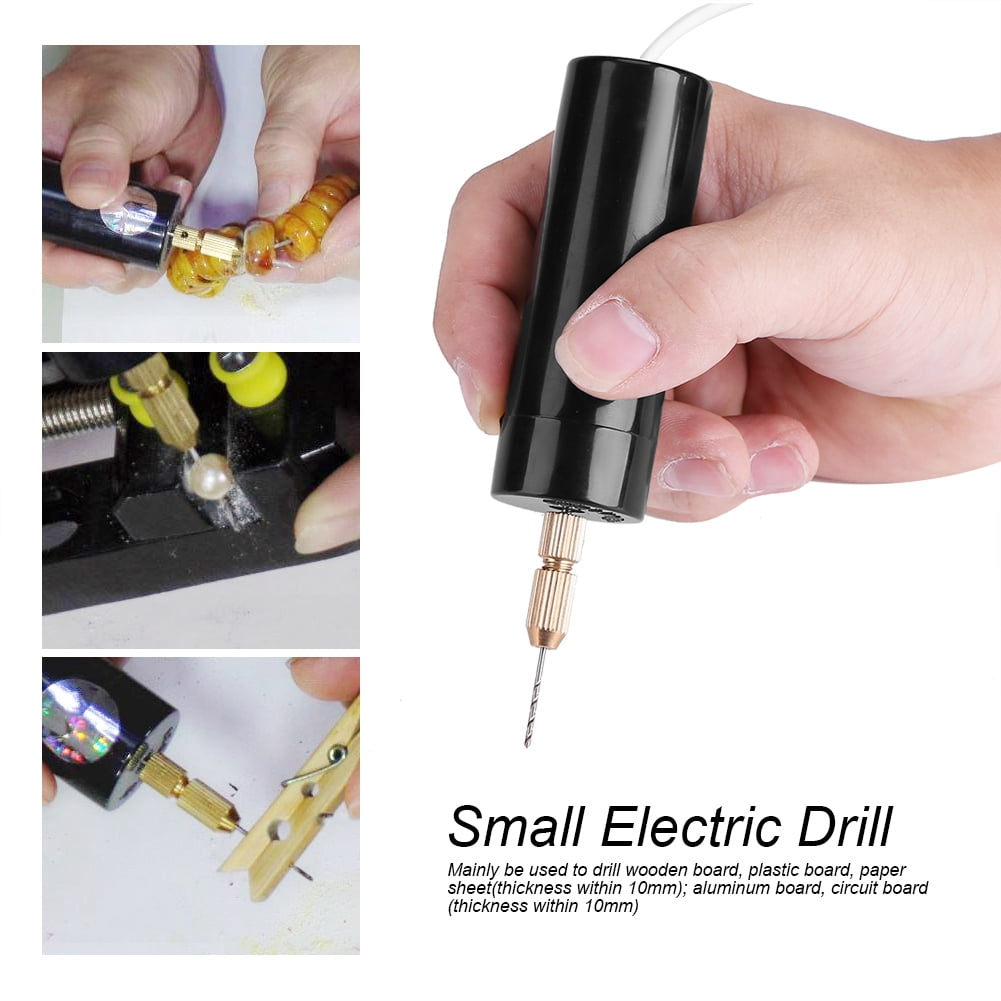

It keeps costs down without adversely affecting performance. The amount of energy available is not a consideration with corded drills – there's no battery to run flat – so the majority use brush motors.

The latter is more efficient but also more expensive. When you're looking at cordless drills, much is made of the difference between brush and brushless motors. If you need to make holes in brick or concrete, you'll want an electric drill with six amps or more. If you're putting up shelves in internal drywall, a three-amp model would suffice. The tougher the job you do, the more power you need. At the other end of the scale, general-purpose drills of professional-grade quality are rated at up to nine amps. An entry-level model for light-duty DIY tasks will be rated for around three amps. When you consider the fact that a cordless drill battery will eventually wear out and need to be replaced, it’s easy to see why some people prefer to use an electric drill.īestReviews Home Improvement and DIY Expert Electric drill power AmpsĬorded electric drill power is measured in amps. Many electric drills can be bought for less than the cost of the battery that goes in a cordless drill. That's never a problem with a corded drill. Cordless drills are more ergonomically designed than they once were, but there's still a heavy battery on the end of the grip. In truth, it depends on the size of drill you buy. Opinions are divided as to which is lighter, the cordless or corded drill. Performance doesn't deteriorate as it does with cordless drills, and torque is usually higher, too. A corded electric drill works anywhere there's a power socket – and it works all day and night if you need it to.

Why buy a corded electric drill?Īlthough cordless drills have made great advances, you're still reliant on a battery when you use one. A small selection of masonry bits is also nice to have. A set of HSS drill bits in various sizes is a good general-purpose purchase.


 0 kommentar(er)
0 kommentar(er)
